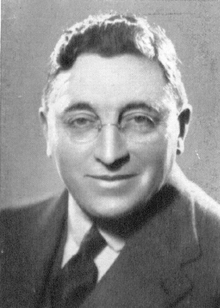
Wulf Friedlander Family – thanks to Ann Rabinowitz for the photo
Interesting connections come to light when researching for a new KehilaLink, especially when it’s for a small town in the middle of South Africa.
This the case of De Aar, a town and railway junction in the Karoo.
I was surprised when Susana Leistner Bloch, VP for JewishGen’s KehilaLinks, asked me if I would set up a De Aar KehilaLink. Susana is from Brazil and lives in Winnipeg, Canada, so De Aar seemed a rather strange request.
Well, it turns out that her son in law, Dr Eric Jacobson’s family come from the town.
Then completely unrelated to this, I receive an email from Maxine Clarke, asking if I ever visit Perth Western Australia, where she lives. Her distant cousin, Gene LePere of Hollywood California, has alerted Maxine to an advert Gene has seen, namely about my Litvak and Latvian roots talk in Melbourne this last November!

I call Maxine and tell her that I also live in Perth! During our conversation, Maxine, born in the mining town of Kalgoorlie in Western Australia, says that she has strong Jewish and South African family connections. She is in fact halachically Jewish. She tells me that her South African family, the Friedlander – Hirshhorns, were founders of a South African town, namely DE AAR!
We meet for coffee at the new Trigg Island Cafe in Perth and she brings with a couple of volumes of an amazing family history, written by Gene LePere, including a chapter on the South African family.
http://kehilalinks.jewishgen.org/de_aar/Bringing_Past.html

With Maxine Clarke at the Trigg Island Cafe, Perth
Gene seems a fascinating personality. She has written several books, including one on her father, Joseph Hirshhorn, an art collector, whose works are now housed in his museum in Washington, and which form part of the Smithsonian! Another of her books is the story of the three months she spent in a Turkish jail after she was set up, and how she escaped.


Thanks to Maxine Clarke and Gene LePere

Max and Maxine Clarke with Gene LePere (in the centre)
I am also told about another cousin, Hazel Jungbacke, who lives in Sea Point, Cape Town. Hazel has many of the original documents and photos. I track Hazel down via my cousin who is visiting Australia, lives in Sea Point and knows Hazel.
Hazel and I have a lovely chat and I am planning to meet her when I visit Cape Town in February.
In the meantime, I post a message about De Aar on Facebook and I get a response from Ann Rabinowitz of Miami Florida, no relation and not from South Africa, with a detailed history of De Aar. Ann is a wonderful researcher and communicator.
http://kehilalinks.jewishgen.org/de_aar/Ann_Rab.html

Wulf Friedlander Family – thanks to Ann Rabinowitz for the photo
I trust you will enjoy the KehilaLink, click below.
 .
.
http://kehilalinks.jewishgen.org/de_aar
Regards
Eli






















































